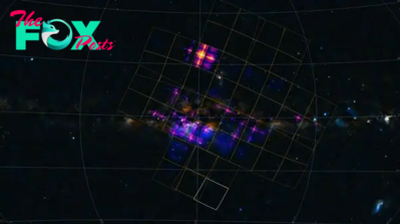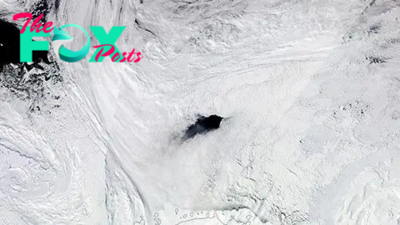Science
'We were in disbelief': Antarctica is behaving in a way we've never seen before. Can it recover?
Look out over Antarctica in the summer, and time seems frozen. The South Pole's midnight sun appears to hover in place, never dropping below the horizon for weeks between November and January.
But the Antarctic’s timelessness is an illusion. Only a decade ago, on summer nights across the coast, the sun would glide ever so slightly over the ocean, dusting its ice floes in golden light.
Yet today, much of this sea ice is nowhere in sight. And scientists are increasingly alarmed that it may never come back.
"Antarctica feels very distant, but the sea ice there matters so much to all of us," Ella Gilbert, a polar climate scientist at the British Antarctic Survey, told Live Science. "It's a really vital part of our climate system."
Until recently, Antarctic sea ice fluctuated between relatively stable summer minimums and winter maximums. But after a record minimum in 2016, things began to shift. Two record lows soon followed, including the smallest minimum ever in February 2023 at just 737,000 square miles (1.91 million square kilometers).
As winter began in March of that year, scientists hoped the ice cover would rebound. But what happened instead astonished them: Antarctic ice experienced six months of record lows. At winter's peak in July, the continent was missing a chunk of ice bigger than Western Europe.
"We all thought that the minimum was as bad as it was going to get; it was 2023, not 2070," Ariaan Purich, an Antarctic climate researcher at Monash University in Australia, told Live Science. "So when winter came, we were in disbelief."
-

 Science9h ago
Science9h agoNo, the James Webb Space Telescope probably didn't detect signs of alien life — but it soon could
-

 Science20h ago
Science20h ago'You certainly don't see this every day': Ultra-rare backward-spinning tornado formed over Oklahoma
-

 Science21h ago
Science21h agoAsteroid that exploded over Berlin was fastest-spinning space rock ever recorded
-

 Science1d ago
Science1d agoEnormous 'San Andreas fault' on Saturn's moon could help reveal signs of alien life
-

 Science1d ago
Science1d ago'We were amazed': Scientists find hidden structure in nebula captured by James Webb telescope
-

 Science1d ago
Science1d agoSun's chaotic peak triggers record-breaking 'global auroras' on Mars
-

 Science1d ago
Science1d agoWhat would happen if the moon disappeared tomorrow?
-

 Science2d ago
Science2d agoSee up to 50 'shooting stars' per hour as the Eta Aquarid meteor shower peaks this weekend























